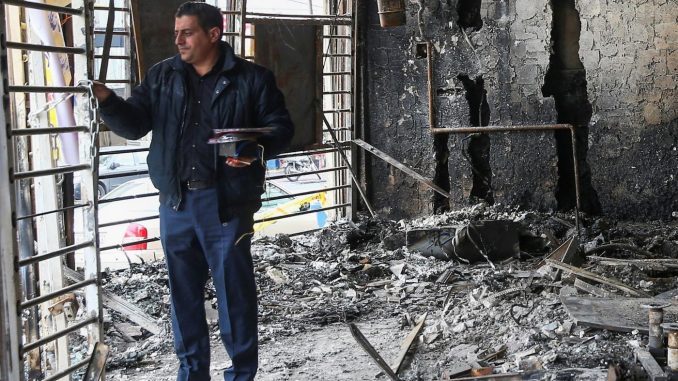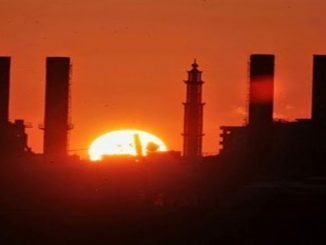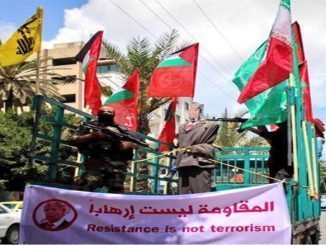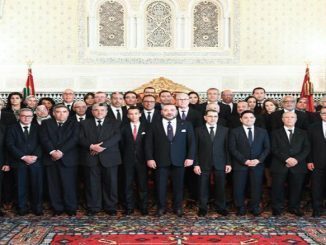
Iran’s interior minister says hundreds of banks and government sites were torched by protesters, estimated at up to 200,000 people who have taken part in nationwide disturbances sparked by a hike in petrol prices while a legislator says more than 7,000 people were arrested
Approximately 731 banks and 140 government sites were torched in the recent unrest in Iran, Interior Minister Abdolreza Rahmani Fazli said in comments published by the official IRNA news agency on Wednesday.
More than 50 bases used by the security forces were attacked and approximately 70 petrol stations were burnt, he said, without specifying where the incidents took place.
However, Hossein Naghavi Hosseini, an Iranian lawmaker, was quoted as saying authorities arrested more than 7,000 people. The comment by Hosseini, head of the parliament’s national security and foreign policy committee, came as Iran’s interior minister claimed that demonstrators wanted to take over state television.
According to IRNA, Rahmani Fazli also said up to 200,000 people had taken part nationwide in the unrest.
The protests, which lasted several days, began on 15 November after the government announced a hike in petrol prices of at least 50 percent and imposed rationing. Demonstrations initially took place in several provincial towns before spreading to some 100 cities and towns across the country, the AFP news agency reported. They quickly turned political, with protesters demanding top officials to step down.
Referring to the unrest, Supreme Leader Ayatollah Ali Khamenei said on Wednesday that the Iranian people had defeated a ‘conspiracy’. “A deep, vast and very dangerous conspiracy that a lot of money had been spent on… was destroyed by the people,” Khamenei said, in a comment cited by his official website.
HRW calls for inquiry into abuses
Human Rights Watch on Wednesday accused the Iranian authorities of “deliberately covering up” deaths and arrests during a crackdown on the demonstrations.
Security forces were deployed to rein in demonstrations in some areas after the banks, petrol pumps and police stations were torched.
The extent of the crackdown is unclear, however, primarily due to an internet outage imposed during the unrest in a step seen as aimed at curbing the spread of videos of the violence.
HRW said the authorities were “deliberately covering up the scale of the mass crackdown against protesters” and called on them to “immediately announce the number of deaths, arrests, and detentions… and permit an independent inquiry into alleged abuses”.
Michael Page, the US-based right group’s deputy Middle East director, censured Iran for having so far “refused to provide an accurate death toll and instead threatened detainees with death”.
Rights groups, including Amnesty International, have estimated at least 140 people were killed and up to 7,000 arrested in the protests, HRW said in a statement.
Officials have confirmed five people were killed and have so far announced the arrest of between 500 and 1,000 others, including some 180 “ringleaders”.
“Keeping families in the dark about the fate of their loved ones while ratcheting up an atmosphere of fear and retribution is a deliberate government strategy to stifle dissent,” Page said.
‘Thugs’ linked to foreign countries blamed
Internet connectivity has returned to much of the country in recent days, except for on mobile telephone networks, said NetBlocks, a site that monitors internet disruptions.
The United States said on Tuesday that it had received thousands of messages from Iran about protests after appealing to demonstrators to defy restrictions on the internet.
“We’ve received to date nearly 20,000 messages, videos, pictures, notes of the regime’s abuses through Telegram messaging services,” US Secretary of State Mike Pompeo told reporters, referring to the encrypted app.
The Iranian government has blamed “thugs” linked to exiles and the US, Israel and Saudi Arabia for stirring up the street unrest.
The protests came as new US sanctions imposed this year cut off nearly all of Iran’s oil exports.



